Service-based businesses face a unique set of challenges. Customers have incredibly high expectations, and building long-term relationships is key to long-term success. But let’s face it, not all employees are created equal when it comes to delivering top-notch service consistently. That’s why training becomes every Service Manager’s secret weapon – the ultimate investment for any business.
Of course, the big question on every Service Manager’s mind is this: Is all that money we are pouring into employee development and training actually paying off? Being able to link training to quantifiable factors can help you identify the financial benefits of training while also getting the most out of your training program.
Identifying Key Metrics
Key performance indicators (KPIs) provide a quantifiable way to measure and monitor operational performance. Selecting the right metrics to track as a business is critical to getting the most out of them.
Several metrics can help ensure you’re not only investing in the right training program but also getting a positive ROI. Top metrics include those related to customer satisfaction, service efficiency, and quality and financial performance. We’ll dig into them here.
Customer Satisfaction
Customers want to experience high levels of service, responsiveness, and personalized experiences. A high overall customer satisfaction rating is crucial for the success of a service-based business. Tools to monitor customer satisfaction include surveys or feedback forms, rating scales and numerical scores.
The time between when a customer makes a request and when a response is given often has a direct impact on customer satisfaction. As part of your customer service KPIs, you can measure the average time taken to respond to customer inquiries or requests and the percentage responded to within a defined timeframe.
Businesses can only survive if they retain customers, and you need to know how many customers you’re keeping. Tracking your customer retention rate—the percentage of customers who continue to use your services over time—is essential. It speaks to customer satisfaction and directly impacts the bottom line. Acquiring new customers typically costs more than retaining existing ones. To get even more value out of the information, track the reasons for customer churn and implement strategies to improve retention.
Service Efficiency and Quality
A program that allows you to cross-train and upskill in-house can enable your team to respond to service calls faster, decrease callbacks and keep guests happy. Fortunately, you can measure service efficiency and quality.
First-time fix rates, which apply when a technician accurately diagnoses and fixes an issue the first time around, help you identify the efficiency and quality of technicians’ work. Establishing a KPI around the percentage of service calls resolved successfully on the first visit and reasons cited for multiple visits helps you assign training that can reduce callbacks.
The average repair or service time is another helpful figure. Measuring the average duration to complete a service or repair task helps you identify workforce efficiency, which speaks to technicians’ skill and performance levels. The metric allows you to identify bottlenecks and areas for improvement. When staff is trained well, they can accomplish their tasks faster and decrease work order time, allowing them to complete more work during the day.
Service quality metrics, such as service accuracy, error rates and service errors per transaction, help you assess and improve employee performance. As a best practice, monitor customer complaints or escalations, address them promptly, and conduct regular quality audits and inspections to ensure your team meets your service standards.
Financial Performance
Assessing financial performance, including revenue generated, profit margins, and return on investment (ROI), helps gauge the economic viability and success of the service operations. Essential KPIs in this category include:
- Revenue generation: Track overall revenue generated by service contracts or projects and analyze revenue trends.
- Costs: Monitor service-related expenses, such as labor, equipment and materials.
- Profitability: Calculate profitability ratios, such as gross profit margin or return on investment.
- Service contract renewal rate: Track the percentage of service contracts renewed by customers and assess the reasons for non-renewals.
Employee performance is directly related to financial performance, and training can help technicians work more efficiently, reduce callbacks and retain customers, which brings financial gains.
Driving Continuous Improvement
Service-based businesses must focus on delivering exceptional service quality, building strong customer relationships, and continuously adapting to meet evolving customer needs to overcome these challenges and thrive in a competitive market.
KPIs provide a quantifiable way to measure and evaluate the performance of individuals, teams and departments. They help assess progress toward goals and objectives, providing a clear picture of how well things are going and opportunities for improvement. They also act as an early warning system, alerting you to potential issues while there is still time to take proactive action.
Most employees want to do a good job, and the right training, tools and resources can help them meet the customers’ and the company’s expectations.
Interplay Learning has a proven history of helping companies generate a positive ROI by delivering a one-stop-shop for effective, efficient and affordable skilled trades training. For example, by placing a formal focus on training with Interplay, HVAC contractor T.E. Spall & Son was able to reduce the number of callbacks by a margin of at least 25%. An investment in their team resulted in higher-performing techs and better retention rates all around.
With 300+ hours of expert-led training and hands-on simulations in HVAC, plumbing, facilities maintenance, electrical and more, Interplay Learning’s on-demand training platform gives trades businesses the resources they need to be able to build and upskill a competent workforce in weeks, not years.








